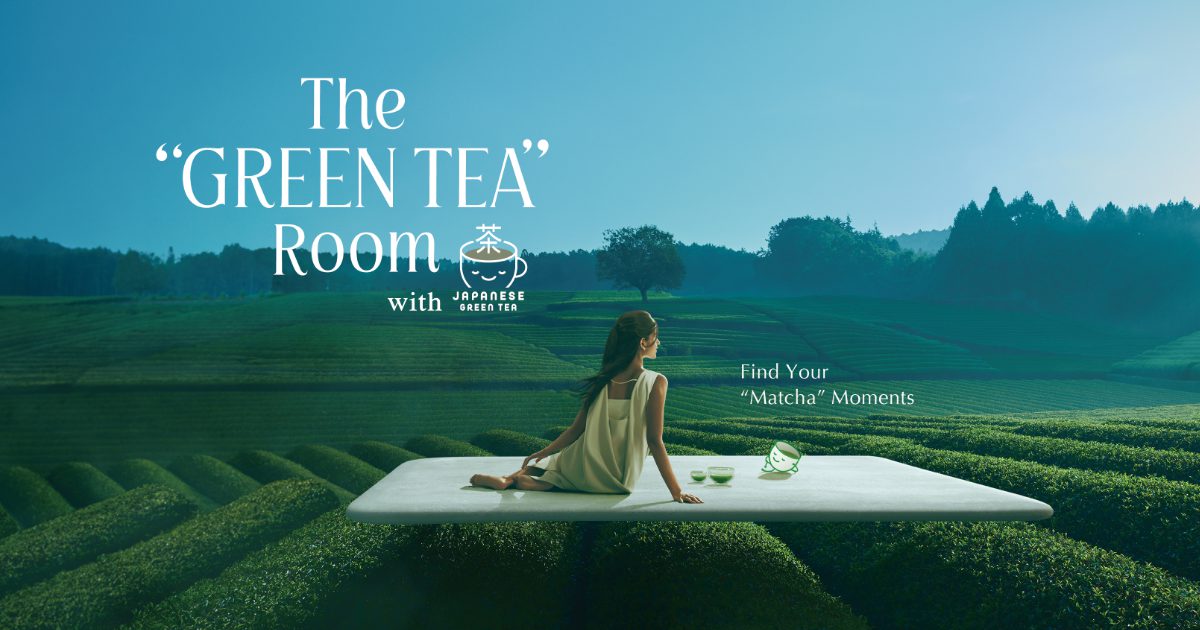Landscape preservation. Ushijima Seicha’s fourth generation vision
With its headquarters in Yame City in western Japan's Fukuoka Prefecture, Ushijima Seicha is now in its 101st year of business. The company produces, processes, wholesales, and retails tea leaves, and at its retail shop, 'Japanese Green Tea Café Leaf Heart' also offers sweets made with Japanese green tea. We spoke to Keita Ushijima, Ushijima Seicha's fourth-generation proprietor, about the appeal of Yame tea and Ushijima Seicha's 101-year history as well as its future.
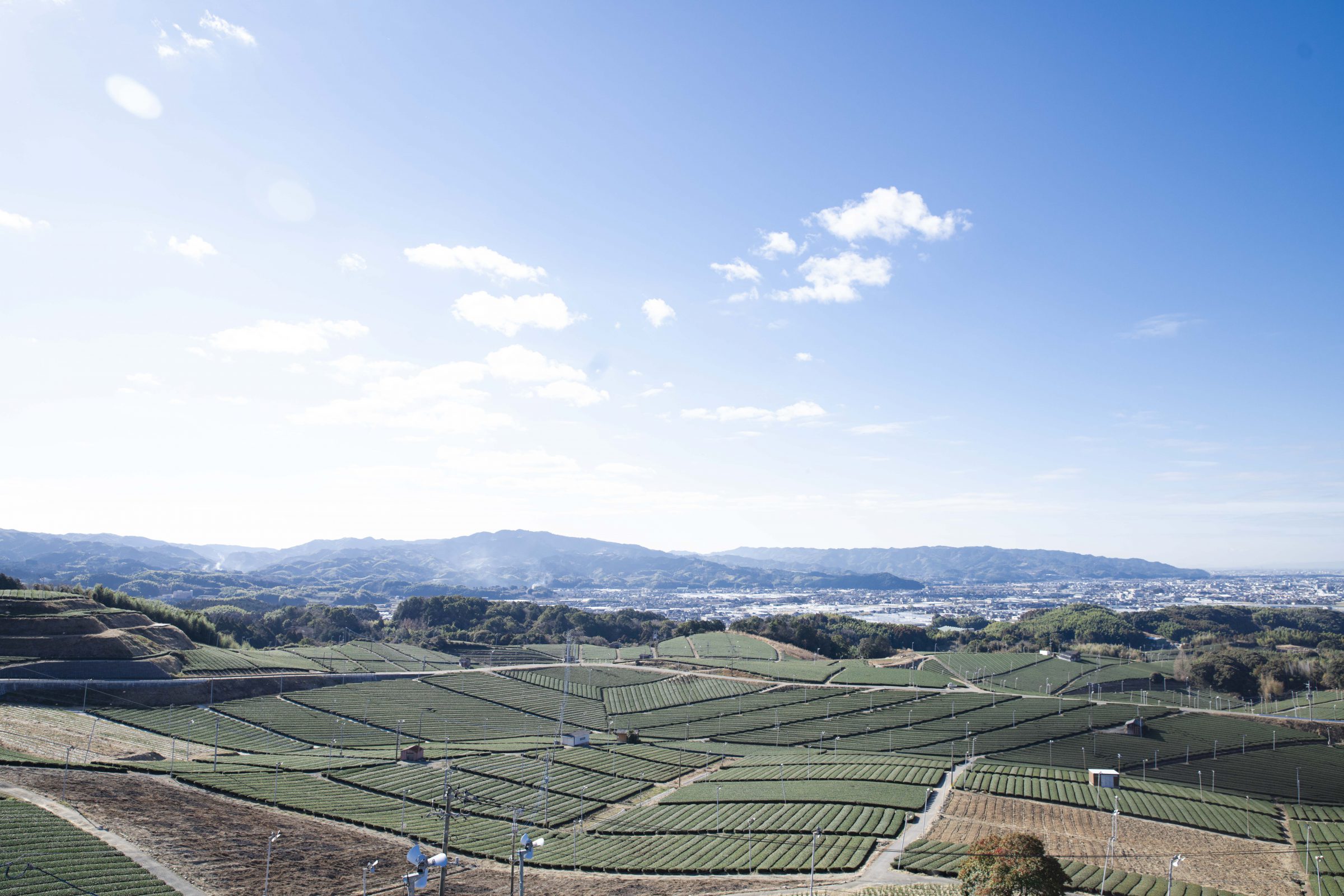
Keita: Since I became the fourth generation proprietor, people often ask me Ushijima Seicha's management philosophy. I don't know if it answers their question, but I always reply that it's to preserve the scenery of Yame Chuo Tea Garden for the future.
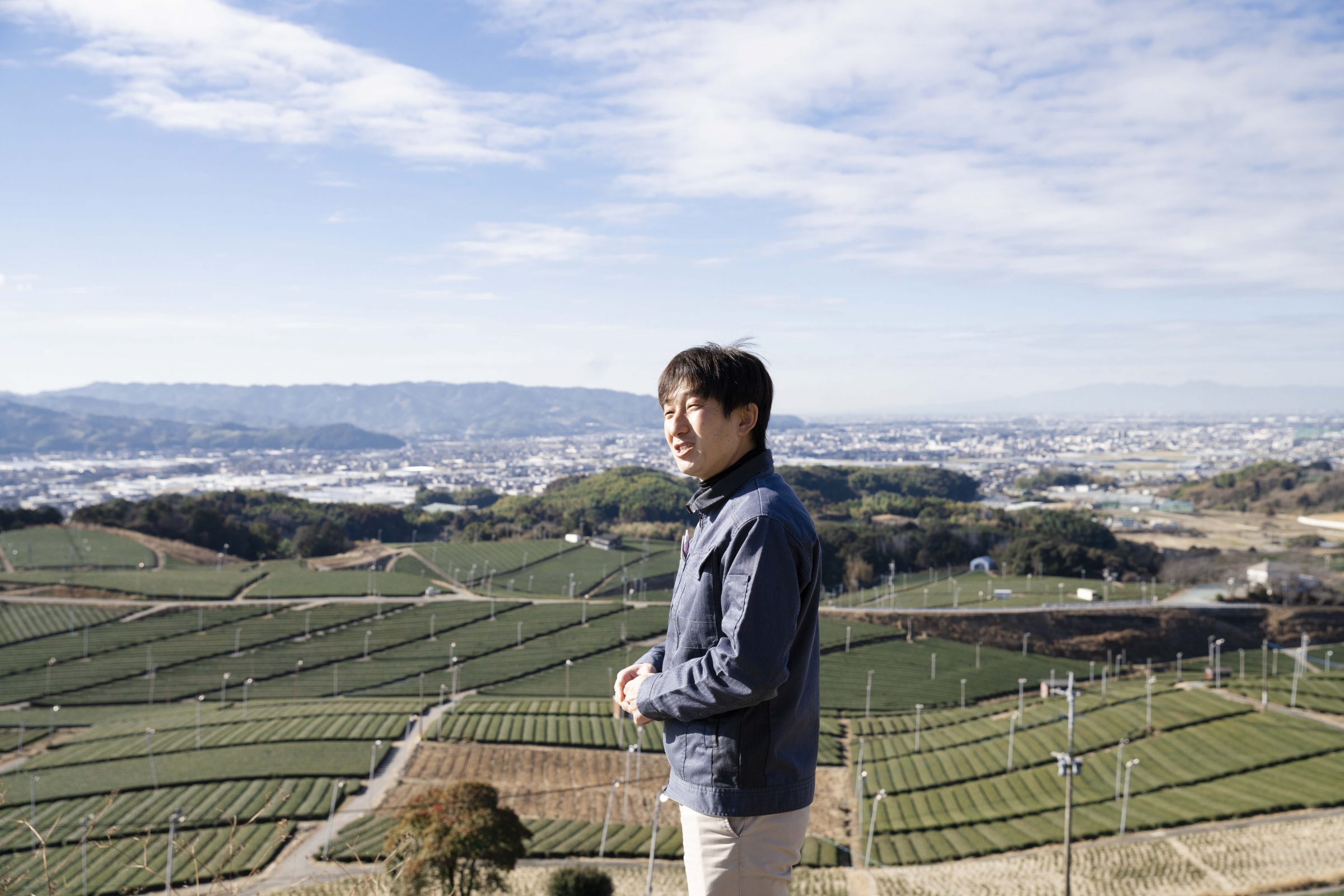
Keita: This place was originally a mountain forest, but it was developed into a tea plantation in 1969 in a Fukuoka Prefectural pilot project, and dozens of tea farmers now manage it. You can see part of the Ushijima Seicha tea plantation from here.
You can see the tea fields, Yame City, and the Ariake Sea from the observation platform. In the new tea season (mid-April), the vivid green of the tea fields attracts lots of people, both tourists and locals, who come to enjoy the view. I lived in Shizuoka Prefecture for about three years studying Japanese green tea and visited tea gardens all over the country. Coming back here to my hometown of Yame, I realized that this scenery is unique, and the feeling that I wanted more people to know more about this place and that I want to preserve this tea garden for future generations became stronger.
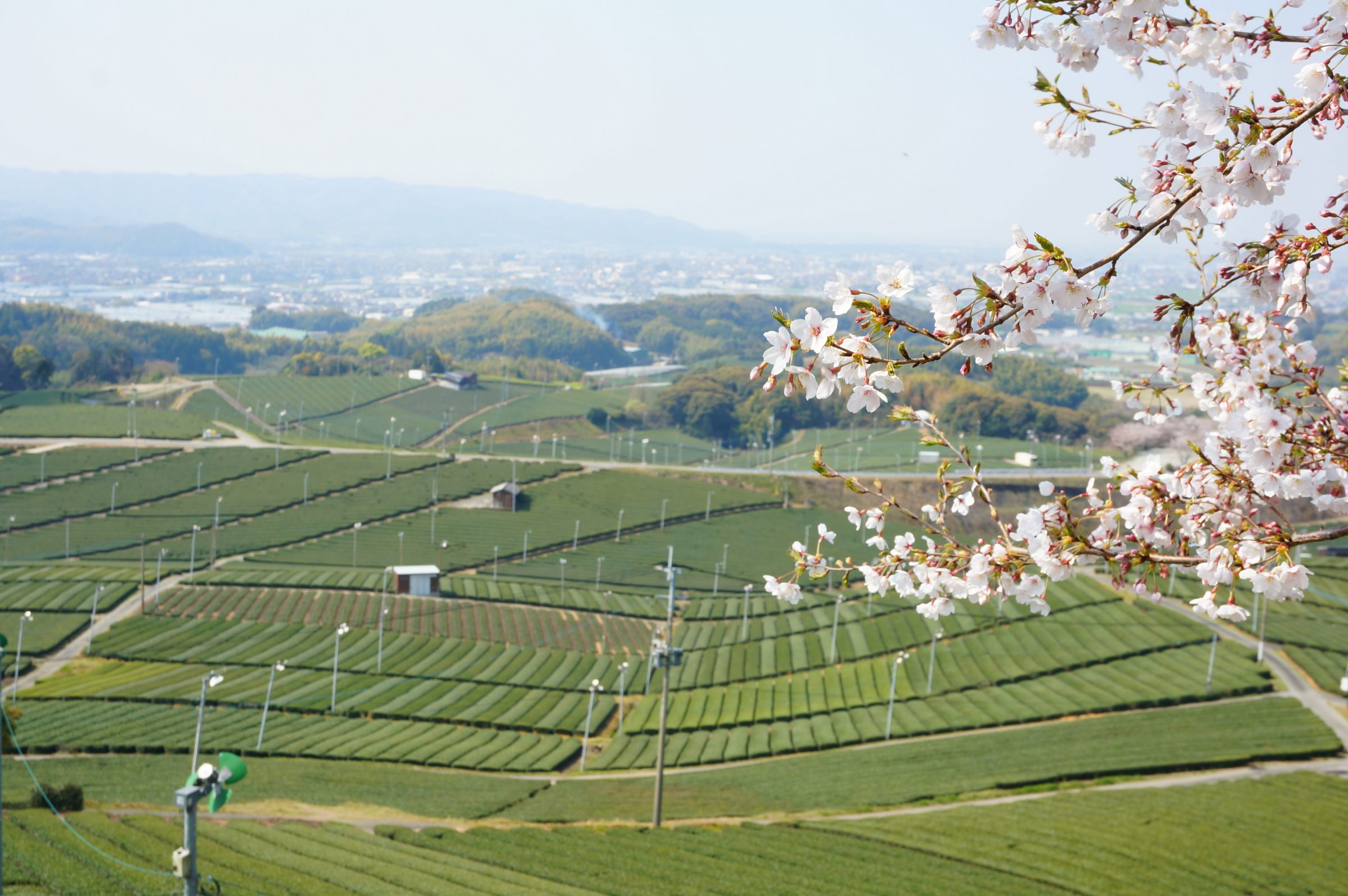
Keita: The soil and climate in Yame are ideal for growing crops, so not only Japanese green tea but also strawberries, grapes, kiwi fruit, and many other crops are grown here. We have four distinct seasons and a good balance of temperature and rain, but I think the most crucial factor is the clean, delicious water, making it possible to grow delicious high-quality crops.
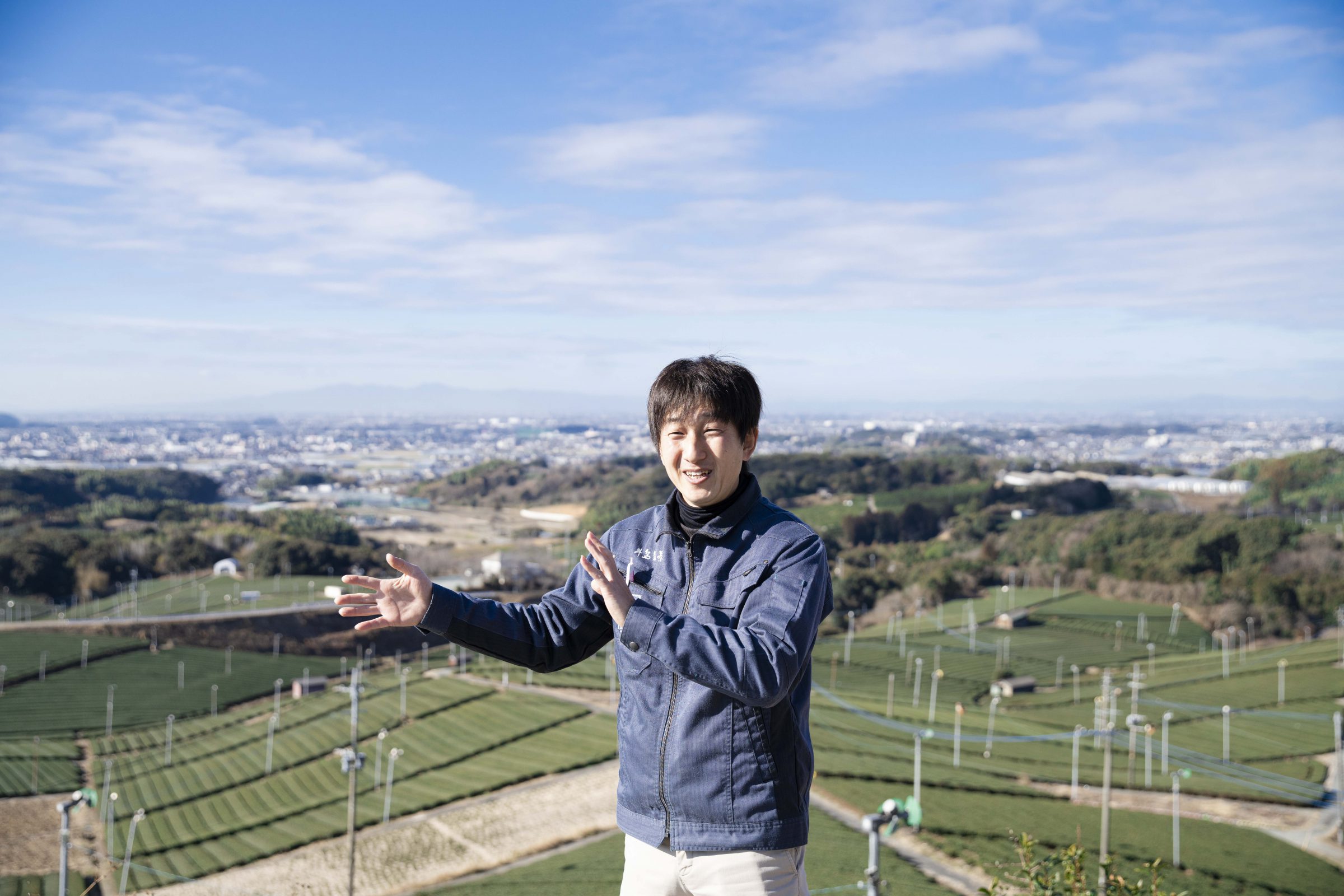
Keita: To me, 100 years since our establishment is a milestone and a breakpoint. Yame tea as a whole has a 600-year history, and many in the industry have been in business longer than we have. If I had to summarize Ushijima Seicha's history, I'd say that we're a long-established company that has been changing for 100 years.
Ushijima Seicha's founder, Sadajiro, cultivated the land, planted the tea fields, and perfected the fragrant kamairicha, pan-roasted tea. While the founder was a craftsman, the second generation, Eiji, was a salesman. He was the one who promoted Sadajiro's Yame tea all over Japan and expanded the business by building an aracha, unprocessed tea, factory to enable mass production that could handle the large volumes wholesalers were purchasing. He also adopted the standard steaming method, which was becoming popular at the time. Following Eiji, Toshihiro completed his apprenticeship in Shizuoka Prefecture, where tea was produced and was the first to bring the deep steaming method, which was becoming popular in Shizuoka Prefecture at that time back to Yame.
In this way, all three generations have inherited the company's history while changing the manufacturing method to make the Ushijima tea of today.
We thought that the 100th anniversary of the company's foundation was an opportunity to express our gratitude to all the customers who have supported Ushijima Seicha, so we created three sencha teas, each of which reproduces the taste of our predecessors.
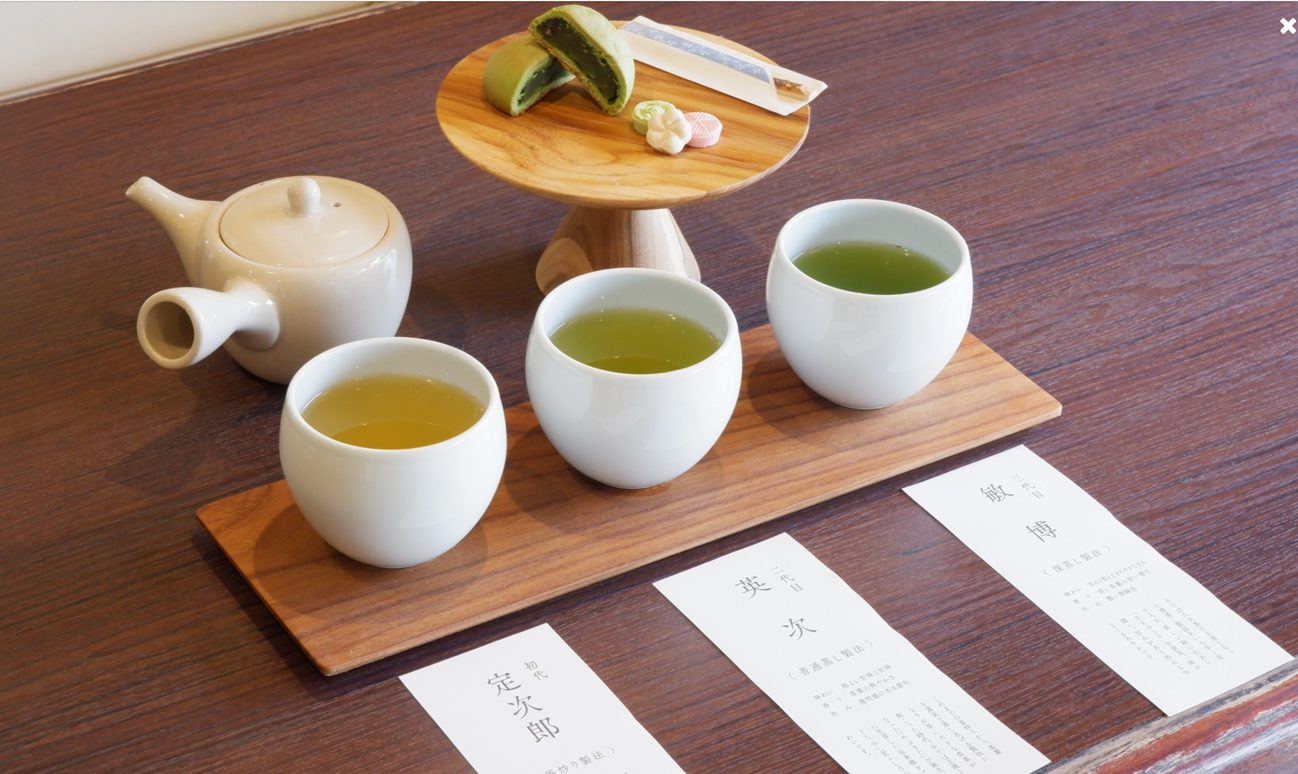
From front left:
Sadajiro: Kama-iri method- refreshing, cool, fragrant and smoky.
(Tea leaves are kettle-roasted to prevent oxidation)
Eiji: Standard steaming method - Good bitterness and sweetness/fresh tea leaf aroma.
(Standard steaming time)
Toshihiro: Deep steaming - less astringent, mellow sweetness/sweet young tea leaf aroma.
(Tea leaves are steamed deeper than standard sencha)
Keita: As I see it, my challenge going into the future is to preserve the scenery of the Yame Chuo Tea Garden for the next generation. As part of that, we created a bottled tea called KOUKI with a label design inspired by the Yame Chuo Tea Garden. It's a slow-brewed bottled tea using the "Teian Koki" tea leaves, rated as the highest quality tea leaves at the Japanese Tea Awards in 2018 and 2019.
The idea behind bottling tea is to make Japanese green tea more accessible to people who don't have a teapot. You need a teapot and utensils with leaf tea, but if it's already brewed, you don't need a teapot, cooled down water, or teacup, and we know that it's difficult to get green tea-making things abroad.
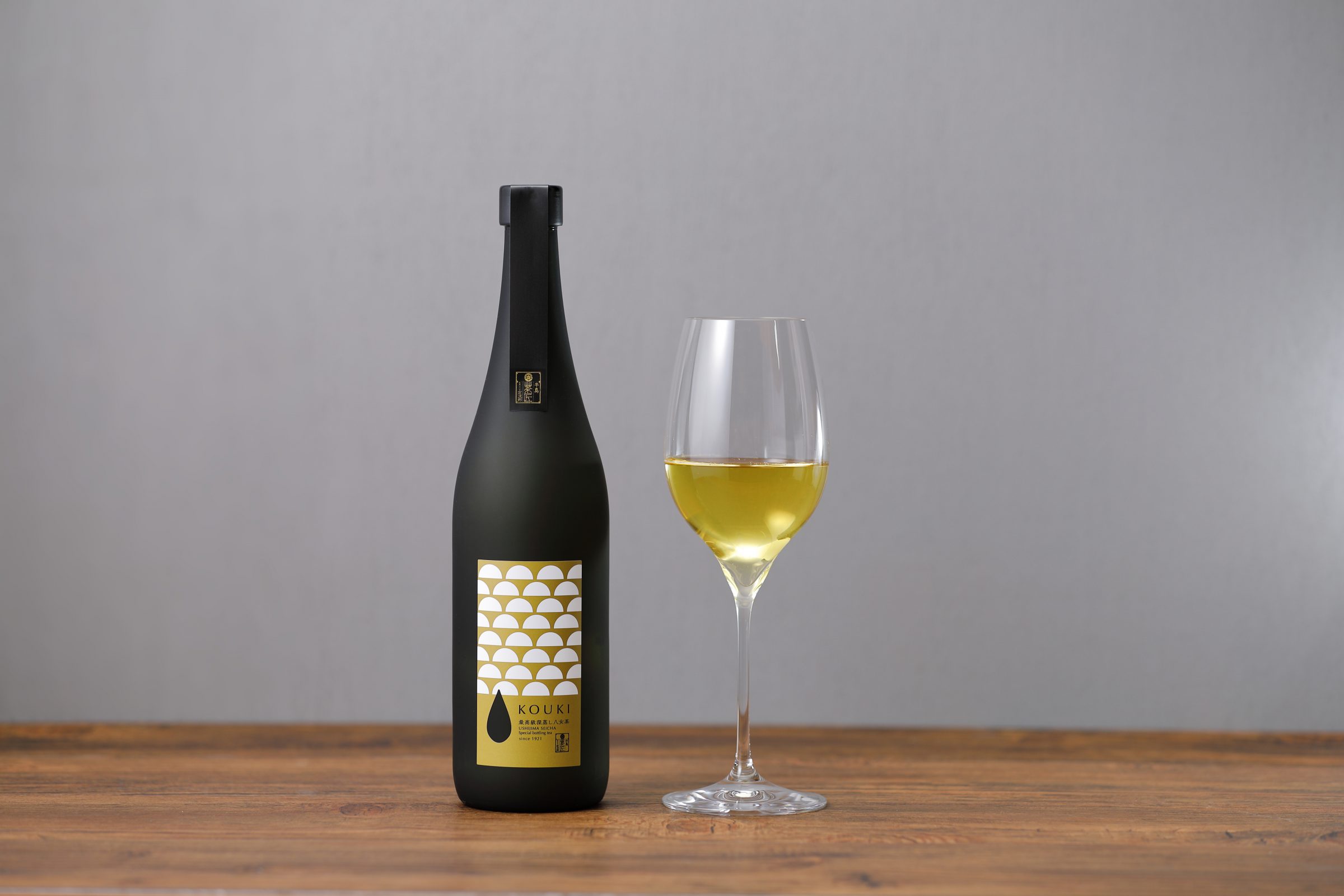
2018 Japan Green Tea Award Platinum Prize (No. 1 in Japan by category)
2019 Japan Green Tea Awards Fine Product Award
Keita: We decided to develop bottled tea after collaborating on an event with a bar in Ginza, Tokyo, that serves cocktails made with Yame tea. Talking with a sommelier from a French restaurant who was also there, they told us that more and more customers ask for non-alcoholic beverages in recent years. He suggested that the mellow aroma of Japanese green tea meant it could also be enjoyed in a similar way to wine. It was great to discover that the market for non-alcoholic drinks is growing, so we decided it would be an excellent time to develop a bottled Japanese green tea as a special non-alcoholic drink that could be served in bars and restaurants.
From the first to the third, and now to me as the fourth generation, the phrase "onko chishin" (warm old wisdom) has always been important to us. Our focus is always to cherish and keep producing delicious tea. As the fourth steward, I'd like to propose new types of Japanese green tea for the future but still stick to the principle of producing delicious Japanese green tea that makes people smile.
※"Onko chishin" means studying and learning about the past and using that knowledge to gain a new understanding.
Keita: I'm very conscious of the entertainment aspect when I'm proposing Japanese green tea to customers, and it's the greatest compliment when someone says a new idea is interesting. We've been in business for 101 years, and although we're considered long-established, my predecessors always tried new things. We want our customers to enjoy not only traditional Japanese green tea but also new ways of drinking and brewing it too. Beyond that, "Yasuragi, kaoru" (serenity, aroma) are vital ideas we want to convey, and I always hope that we can give our customers a space to enjoy the aroma of peace.

